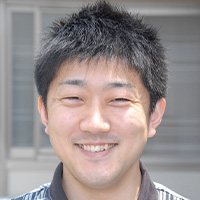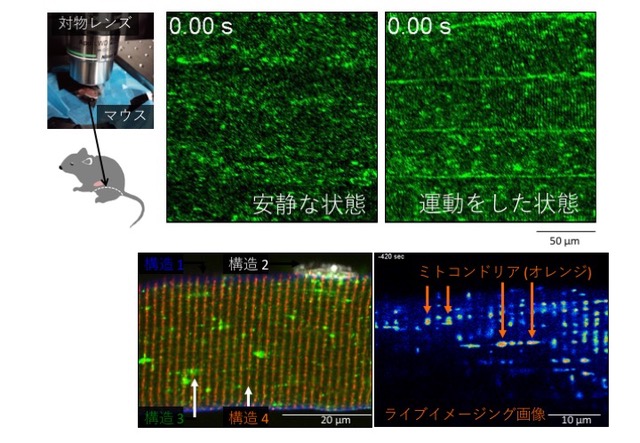 Professor
Professor Associate Professor
Associate Professor Specially Appointed Associate Professor
Specially Appointed Associate Professor Associate Professor
Associate ProfessorBiomechanics is a research field to understand biological, physiological and pathological phenomena in terms of physical principles. The methodology gives novel knowledge, which has not been accessible by conventional biological, medical and chemical tools. Our group focuses on biological flow related to human being and microorganisms, and try to overcome some of health and environmental problems. Our research interests cover a broad range of topics, such as large scale GPU computing of a suspension of biological cells, physiological and pathological flow in the cardiovascular, respiratory and digestive systems, and development of a micro-fluidic device for diagnosis.

Computational biomechanics of cardiovascular, respiratory and digestive systems

Microfluidics for cancer diagnosis and blood flow measurement
 Professor
ProfessorSemiconductor neural engineering is a discipline that uses semiconductor process/device/circuit technologies to further understand properties of neural systems and to create novel fusion systems of living body and machine. One of the goals in this laboratory is to establish semiconductor neural engineering and develop biomedical micro/nano systems. Another goal is to educate the next generation of leaders in biomedical engineering through research including:

Electrical stimulation and recording of hippocampal slice with intelligent Si neural probe

A 37x37 pixels artificial retina chip (3.2mm x 3.2mm)

Device fabrication in the clean room (Handling of 8-inch silicon wafer)
 Professor
ProfessorWe are experiencing an explosive increase in the number of people diagnosed with the various lifestyle diseases including type 2 diabetes worldwide. Current research in the Kanzaki laboratory has been focused on understanding the molecular pathogenesis of the lifestyle diseases (and mechanisms underlying the beneficial effects of physical exercise) by using cutting-edge nano-imaging technology and advanced cellular/molecular engineering technologies.

Live Imaging Analysis of Skeletal Muscles

Fluorescent Microscopy for Biological Nano-systems Analysis
 Professor
ProfessorWe have developed biohybrid devices and systems that are bio- and eco-compatible. By inventing manufacturing techniques applicable for delicate biological elements (proteins, hydrogels, cells etc.), superior biofunctions including high-sensitivity and high-efficiency can be utilized as the device functions for medical, healthcare, cosmetic, drug discovery applications.
 Professor
ProfessorRecently, the current era is referred as a century of robotics and AI. However, robot capability in real life is still rather limited then there are still a lot of things we need to deeply learn from advanced and robust motor control and sensory functions which humans have, for next step forward. Robotics is also useful as computational tool to understand human motor learning mechanism. Neuroscience knowledge can be useful to improve robot capability. We study on neuroscience for robotics and robotics for neuroscience as [Neuro-Robotics].

NIRS-EEG joint imaging during transcranial direct current stimulation

Muscle volumetric modeling for function, physiology and deformation

Balance estimation independent from foot pressure measurement